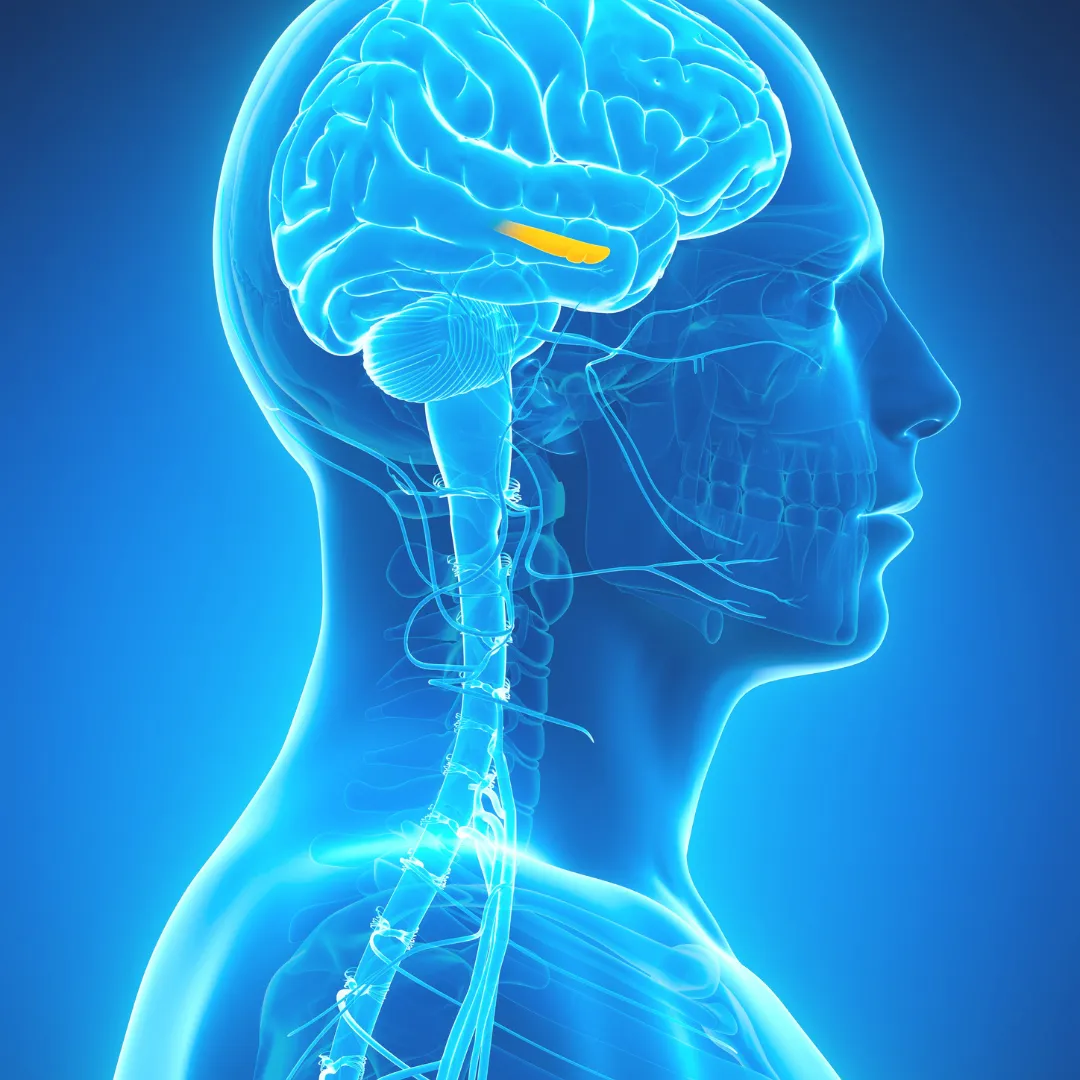Emotional Memory and the Body: Why Past Stress Lives in Present Pain
Many of us carry the effects of prior stress, but understanding how stress is stored in the body is key to healing.
In addition to being “in the head,” symptoms like a tight neck, persistent stomach discomfort, or unexplained weariness may also be embodied remnants of emotional memory.
Current studies in somatic medicine, psychology, and neuroscience show that traumatic or stressful events are frequently retained in the body’s physiological systems as well as the brain, impacting long-term health outcomes and pain perception.
Emotional Memory and the Brain-Body Connection
Neutral memories and emotional memories are encoded differently.
The hippocampus and amygdala collaborate to strengthen memory under stress, and the hypothalamic-pituitary-adrenal (HPA) axis triggers the release of cortisol and adrenaline.
In addition to making the memory more emotionally salient, these neurochemical changes have the potential to leave a permanent mark on the nervous system.
This means that for many people, memories of prior stress, sometimes even subconsciously felt, can trigger ancient patterns of inflammation, autonomic arousal, and tense muscles.
Research suggests that unresolved trauma and adverse childhood experiences (ACEs) are associated with autoimmune diseases, gastrointestinal issues, and chronic pain in later life.

How Stress Becomes Pain
Persistent activation of stress pathways reshapes the body in measurable ways.
Research in psychoneuroimmunology shows that repeated stress exposure alters immune regulation, increases pro-inflammatory cytokines, and sensitizes pain pathways. Over time, these changes make the body more reactive to even minor stressors.
Furthermore, the body recalls stress memories through sensations, making them “state-dependent.”
As an illustration of how the nervous system physically replicates trauma, veterans with PTSD frequently report experiencing pain flare-ups when recalling battle memories. This could imply that the body, rather than merely the brain, serves as a repository for memories.
Somatic Therapies and Healing the Memory of Stress
Techniques such as trauma-informed yoga, biofeedback, and somatic experiencing seek to break this cycle by reestablishing equilibrium in the autonomic nerve system.
Pulsed electromagnetic field (PEMF) therapy, microcurrent stimulation, and bioresonance are examples of biofield and frequency-based approaches that have shown promise in lowering psychosomatic pain and relaxing hyperactive stress responses.
One important mechanism is vagal nerve modulation, which causes the body to transition from “fight or flight” to “rest and repair” when the vagus nerve is supported by mild stimulation or breath control.
For instance, research on heart rate variability biofeedback shows better emotional regulation and less severe chronic pain.

Thera Wellness Perspective
Unresolved stress is not “all in your head,” as we at Thera Wellness understand; it affects your body, neural system, and energy field.
Our integrative gadgets, based on the 5-in-1 Biofield Technology, are made to assist customers in releasing repressed stress patterns and promoting the body’s natural healing process.
These treatments can lessen pain, increase resilience, and promote emotional balance by addressing both the physiological and energetic aspects.
Our clinical approach offers safe, non-invasive tools for holistic practitioners who want to address the cause of pain rather than just its symptoms by fusing the most recent research with more than 40 years of experience.
The body remembers, as many cultures have long taught, and the science of emotional memory supports this claim.
Although physical discomfort might persist after stressful events, the body can be re-taught safety and equilibrium with the correct treatment resources.
One of the most promising avenues for long-term healing might be the combination of biofield-based technologies with conscious somatic activities.

Further Reading
- van der Kolk, B. A. (2014). The body keeps the score: Brain, mind, and body in the healing of trauma. New York: Viking.
- Nader, K., & Hardt, O. (2009). A single standard for memory: The case for reconsolidation. Nature Reviews Neuroscience, 10(3), 224–234.
- Tousignant‐Laflamme, Y., Martel, M. O., Joshi, A. B., Cook, C. E., & Stone, L. S. (2017). Central sensitization: A narrative review for clinicians. Pain Practice, 17(3), 285–301.
- Kirmayer, L. J. (2015). Mindfulness in cultural context: Prospects for cultural psychiatry. Transcultural Psychiatry, 52(4), 447–469.
Disclaimer:
This information is for educational purposes only and does not constitute professional medical advice. Always consult a healthcare professional before incorporating any new therapy into your practice.
Do you want to see all the updates?
👉 Follow us on Instagram and Facebook and never miss a thing!




